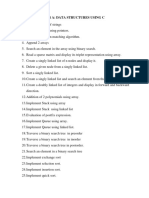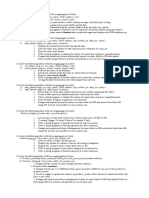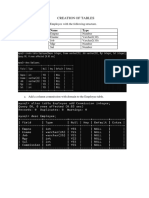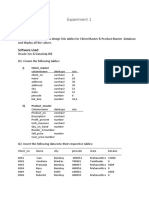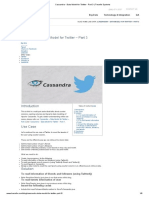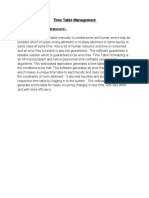0% found this document useful (0 votes)
72 views26 pagesSQL and PL/SQL Database Tasks
Uploaded by
420lovelygangCopyright
© © All Rights Reserved
We take content rights seriously. If you suspect this is your content, claim it here.
Available Formats
Download as PDF, TXT or read online on Scribd
0% found this document useful (0 votes)
72 views26 pagesSQL and PL/SQL Database Tasks
Uploaded by
420lovelygangCopyright
© © All Rights Reserved
We take content rights seriously. If you suspect this is your content, claim it here.
Available Formats
Download as PDF, TXT or read online on Scribd
/ 26




























